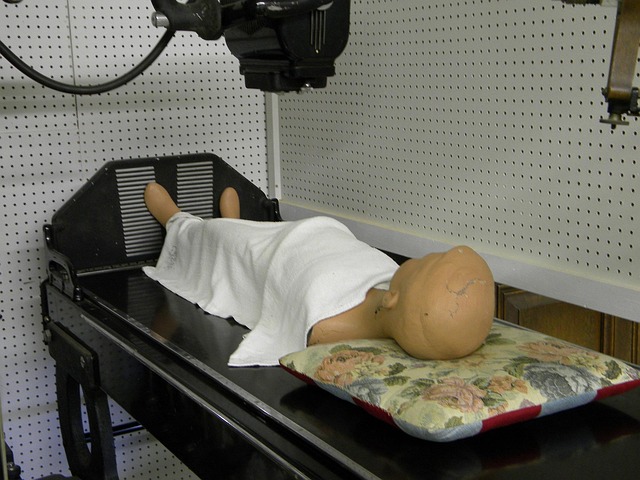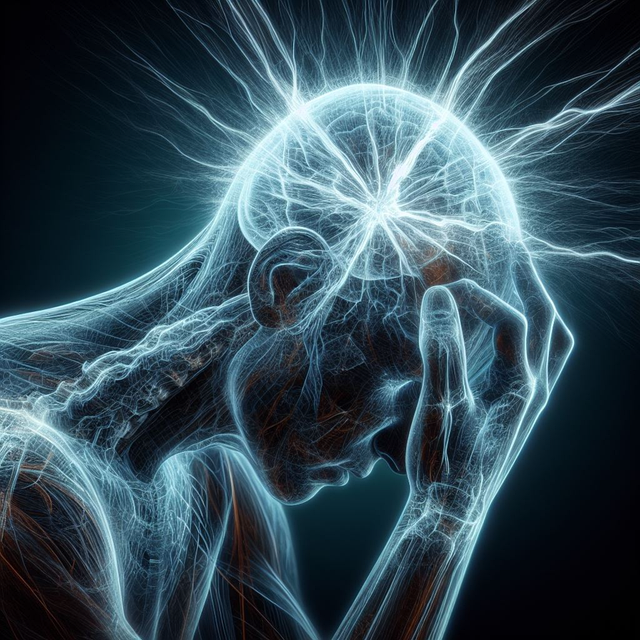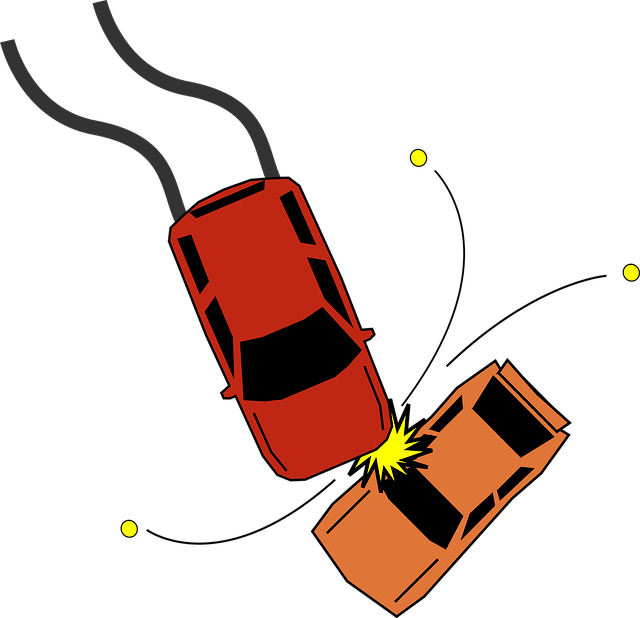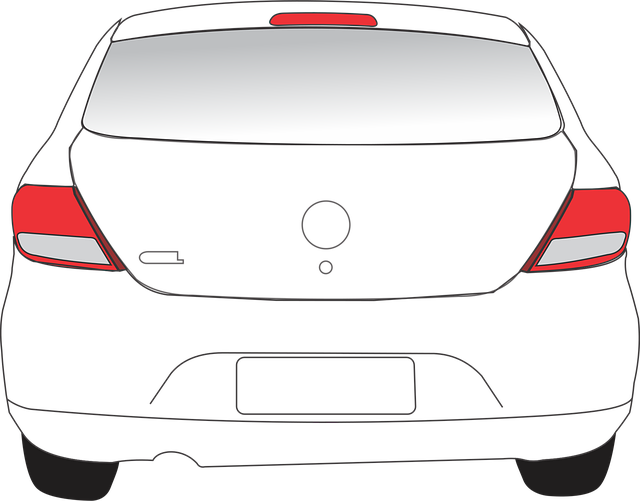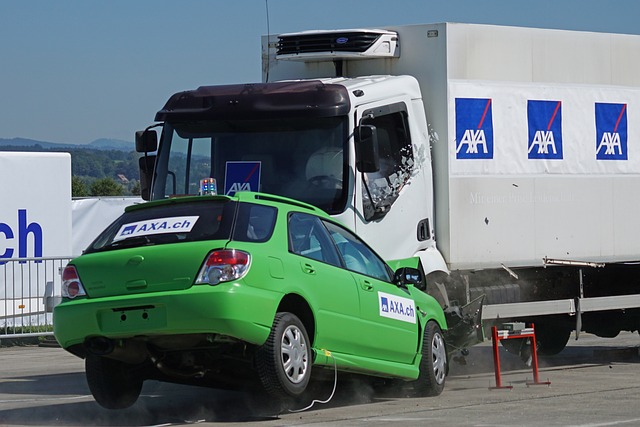Rear-end accidents can cause cervical instability leading to severe pain. Chiropractic care offers a non-invasive treatment focusing on spine manipulation to reduce nerve irritation and improve mobility. Recovery involves specialized assessments and tailored treatments like manual therapy and exercises for pain reduction, stability, and full function restoration. This structured approach aids rear-end collision victims in faster return to daily activities.
After a rear-end accident, cervical instability can cause significant pain and discomfort. This article delves into the intricacies of managing such conditions, focusing on chiropractic care as a non-invasive approach for rear-end collision victims seeking recovery. We explore understanding cervical instability, the step-by-step rehabilitation process, and highlight the crucial role of chiropractic recovery in healing.
- Understanding Cervical Instability After Rear-End Collisions
- Chiropractic Care: A Non-Invasive Approach for Recovery
- The Journey to Healing: Step-by-Step Rehabilitation Process
Understanding Cervical Instability After Rear-End Collisions
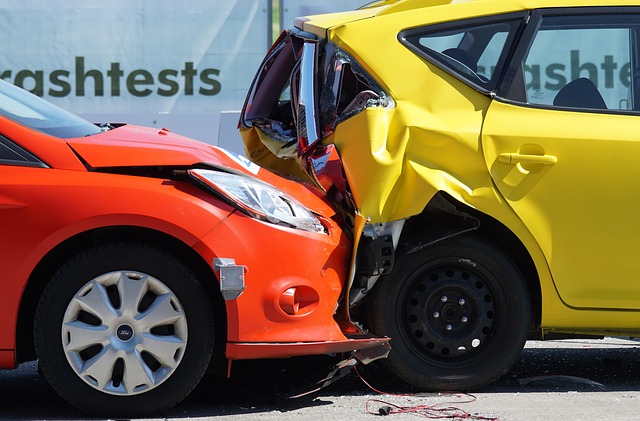
Cervical instability after a rear-end accident is a serious concern, often resulting in significant pain and discomfort for victims. When two vehicles collide from behind, the force can cause rapid acceleration and deceleration, leading to whiplash and potential damage to the cervical spine (neck). This condition occurs when the bones, joints, or muscles of the neck experience abnormal motion or stretching, potentially causing injury or strain.
Rear-end collision victims may experience symptoms such as neck stiffness, headaches, shoulder pain, and even radiating arm pain. Chiropractic care plays a crucial role in managing cervical instability by focusing on adjusting and manipulating the spine to reduce nerve irritation and promote healing. The recovery process involves a series of specialized treatments tailored to alleviate pain, restore mobility, and prevent long-term complications for rear-end collision victims.
Chiropractic Care: A Non-Invasive Approach for Recovery

Chiropractic care offers a non-invasive approach to recovery for rear-end collision victims experiencing cervical instability. Chiropractors focus on the manipulation and adjustment of the spine, aiming to alleviate pressure on the nerves and improve mobility in the neck and upper back. This gentle technique is especially beneficial for those who prefer alternative treatment methods or wish to avoid surgical intervention.
By addressing the underlying structural issues caused by whiplash or other injuries associated with rear-end accidents, chiropractic recovery can significantly reduce pain and discomfort. Regular adjustments and specific exercises prescribed by chiropractors can help restore range of motion, strengthen muscles, and promote healing in the affected areas, enabling patients to regain control over their daily activities more swiftly.
The Journey to Healing: Step-by-Step Rehabilitation Process

Healing from a cervical instability injury after a rear-end accident is a journey that involves careful, structured steps to ensure proper recovery and prevent future complications. The rehabilitation process begins with an initial assessment by healthcare professionals who specialize in spinal injuries. This comprehensive evaluation includes diagnostic imaging to pinpoint the extent of damage and develop a tailored treatment plan.
The chiropractic recovery for rear-end collision victims typically starts with conservative treatments like manual therapy, including adjustments and manipulation to alleviate pain and restore mobility. Physical therapy exercises are also incorporated to strengthen muscles supporting the spine, improve flexibility, and enhance overall stability. Gradually, as symptoms improve, more advanced rehabilitation techniques may be introduced, focusing on specific movements and activities to regain full function without causing further injury.
Rear-end accidents can cause significant cervical instability, but with the right care, recovery is achievable. Chiropractic treatment offers a non-invasive approach, focusing on adjusting and mobilizing the spine to alleviate pressure on the affected area. The rehabilitation process involves progressive exercises and stretches tailored to each patient’s needs, promoting strength and flexibility. For those seeking a natural, effective path to healing after such accidents, chiropractic recovery can be a game-changer, helping victims regain their mobility and live pain-free lives.

